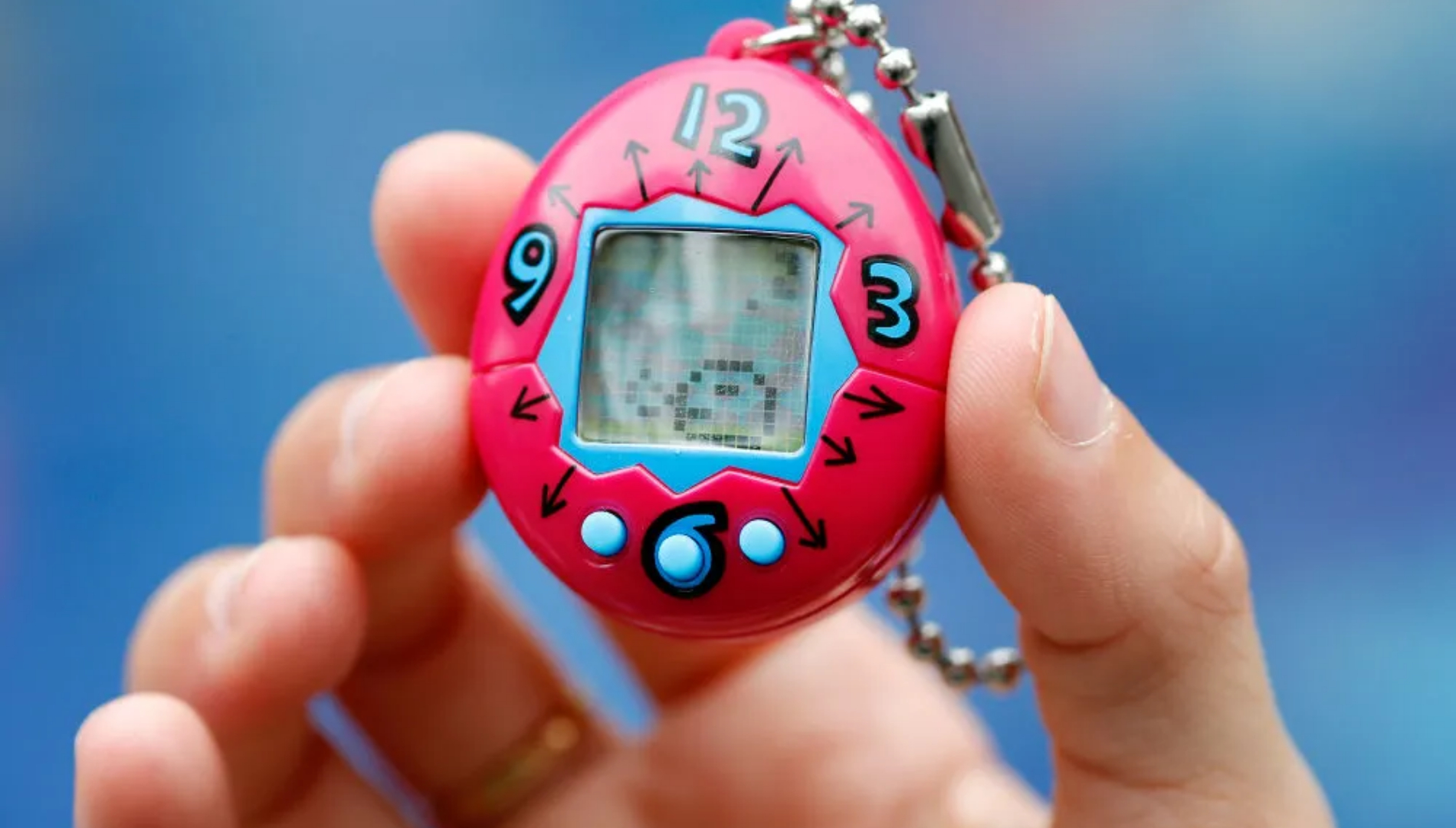Perhaps many 8X, 9X have not forgotten the virtual pet raising game that was popular in the 90s and early 2000s. Appearing in Japan under the name Tamagotchi, this is an egg-shaped machine with 3 buttons, compact and easy to carry around, just press the button and you can take care of your pet and watch them grow up over the years.
From birth to Tamagotchi "fever"
“Tamagotchi” is a combination of “Tamagotchi” and “Uotchi” which means “watch”. Tamagotchi was created by Akihiro Yokoi from WiZ and Maita Aki from Bandai.
Maita Aki, a 30-year-old employee at toy maker Bandai, got the idea for a virtual pet after watching a TV show about a boy begging his mother to let him bring his pet turtle to kindergarten. This was impossible because most kindergartens and other educational institutions in Japan did not allow this.
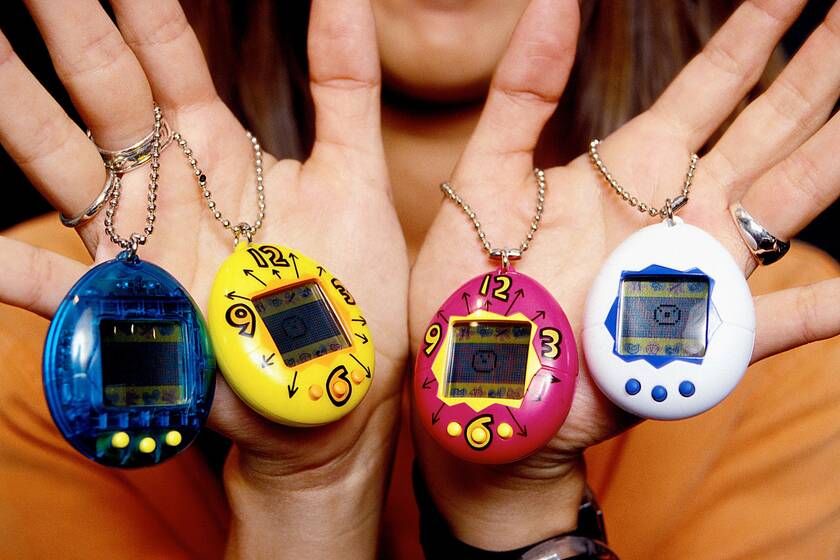
Pet machines are coming back and going viral with interesting applications that make GenZ hunt everywhere.
In a 1997 interview with CNN, she recounted that she had brought a prototype of the Tamagotchi to the area around a girls' school in Shibuya, Tokyo, to test her invention, which was also the target audience for the Tamagotchi.
Maita still remembers how “their eyes lit up” when they saw the Tamagotchi. She then collected the girls’ opinions through a detailed questionnaire, regarding factors such as color, packaging, and the design of the necklace to wear the device. Thanks to that, she learned that white was the color most favored by the girls.
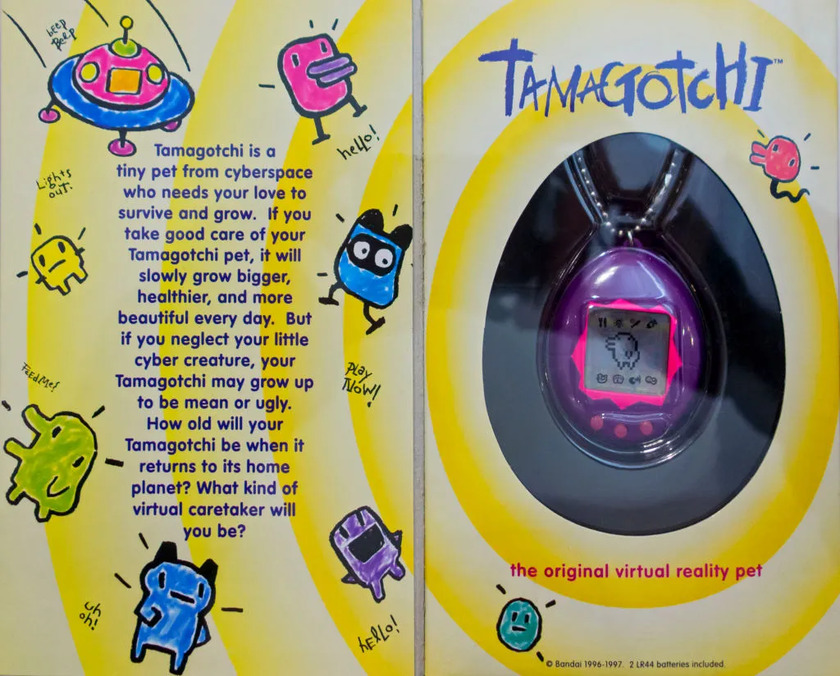
A small toy is the childhood of a generation.
After many tests, Tamagotchi was officially launched in the Japanese market in late 1996. The first generation of virtual pet machines had a fairly simple interface, mainly based on animals, objects and people.
Not only did it sell millions of copies in its home country, the virtual pet machine also created a "storm" around the world in 1997. The "eggs" were quickly sought after by international customers to the point that Bandai could not produce enough to meet this demand. It is known that at that time, the Tamagotchi black market had developed strongly worldwide.

Although small, it is a toy sought after by the whole world.
The hype for the virtual pet game didn’t last forever. Bandai overproduced the Tamagotchi, hoping that everyone who didn’t have one would soon have one. But like any trend started by teenage girls, the Tamagotchi craze didn’t last long.
Early fans of the virtual pets were too old to play them, while younger girls were distracted by other interests. In the end, 2.5 million Tamagotchi eggs never found their owners, resulting in a $70 million loss for Bandai.
Resurrection from failure
After a while, this game was suddenly hunted by many young people and went viral on many social networking platforms. Besides the traditional version, the improved versions are also not out of the "sights" of Gen Z. Modern pet machines have made great strides compared to the first generation. They integrate many new and more interesting features, giving players more realistic and diverse experiences.
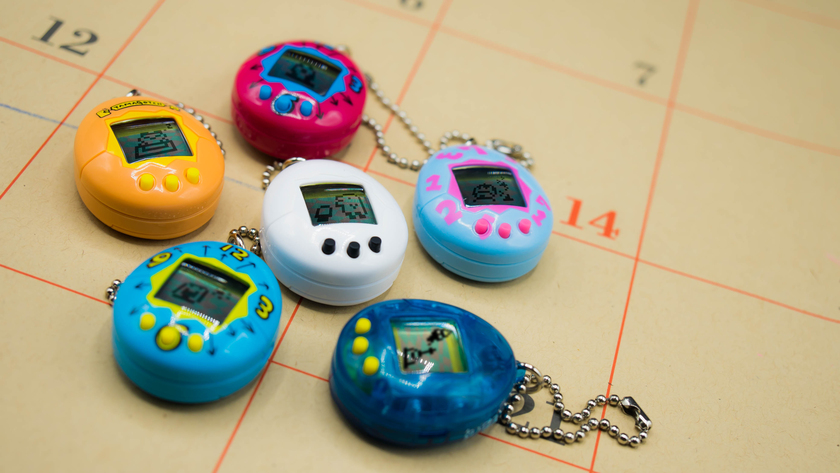
After many years of not appearing, Tamagotchi "revived" stronger than before
Possessing a small, Y2K-inspired appearance, tamagotchi is not only seen as an entertainment device, but is also used by Gen Z as an accessory to decorate handbags or clothes.
The latest version of the virtual pet game is Tamagotchi Smart, designed as a smart watch, launched in 2021 on the occasion of the 25th anniversary of Tamagotchi. This product has brought the game back to its original name "ウオッチ - Watch".
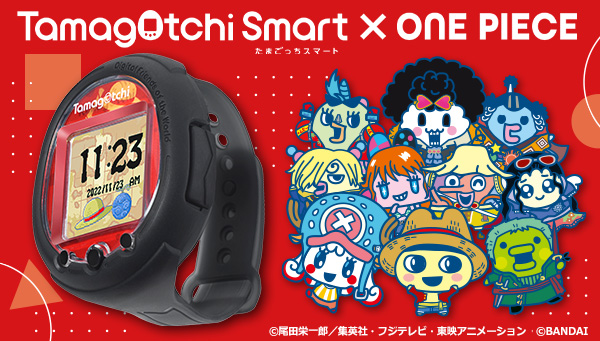
Once a memory of many generations, this time Tamagotchi returns with a more "modern" look.
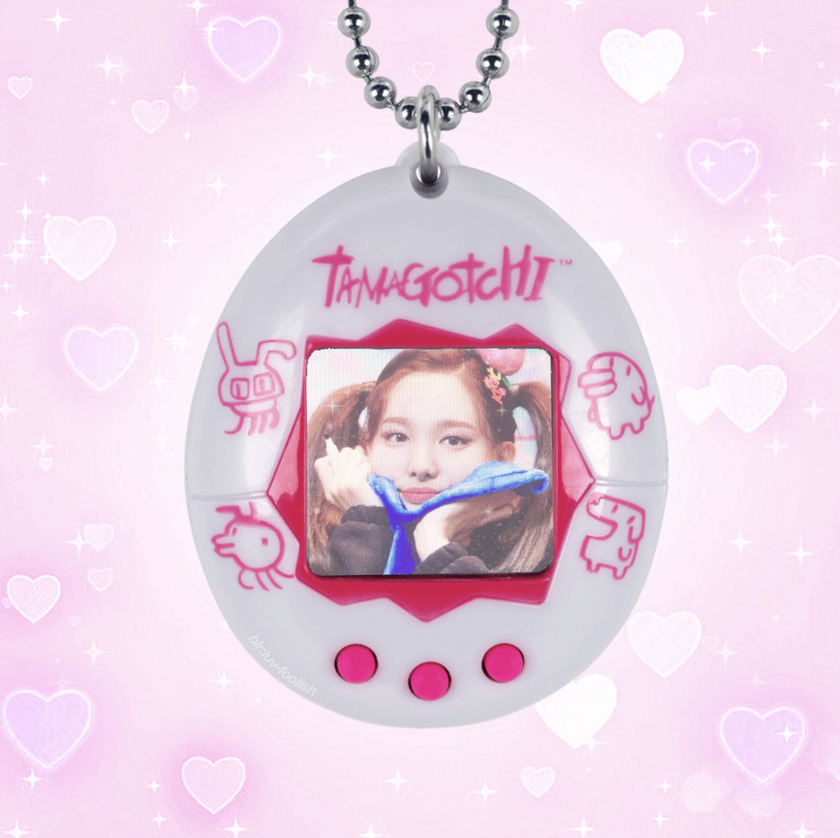
Not only that, this toy also combines with celebrities to increase brand awareness.
With the new generation of virtual pet machines Smart, players can interact with 10 pets through the touch screen, in addition to voice control with the built-in microphone system. In addition to familiar pet care activities, Tamagotchi Smart also supports tracking the player's daily steps, and players in the same ecosystem can also make friends with each other. With a fully charged battery, the machine can operate for up to 30 hours.
Along with Tamagotchi Smart, the "legend" of virtual pet machines continues to exist, inheriting the resounding successes of the first generations of the 90s.





